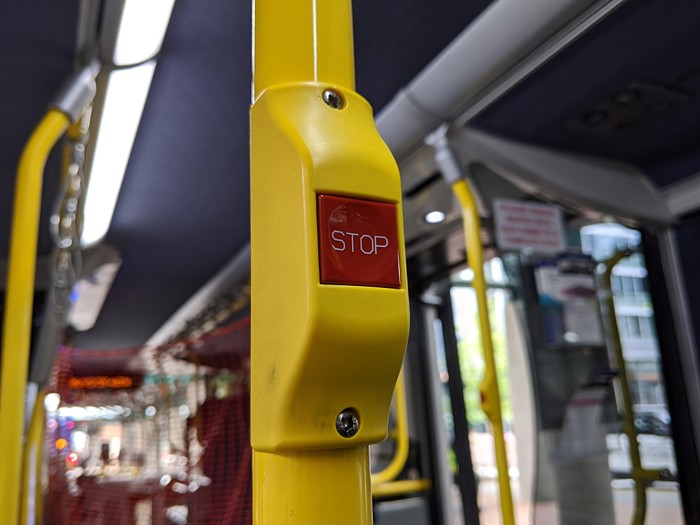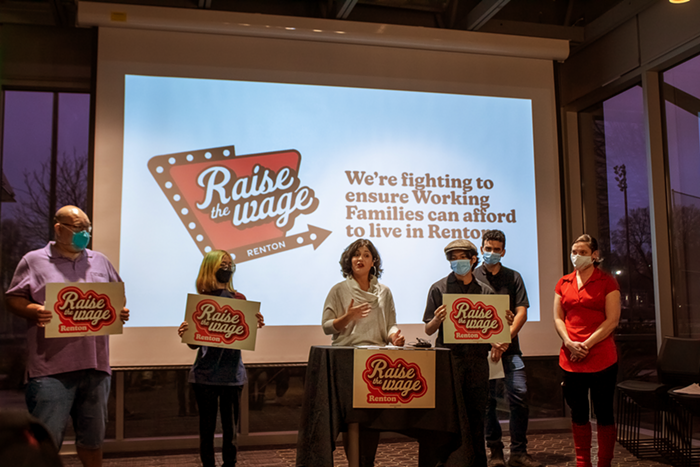When it comes to journalism, I am most definitely not medium agnostic. Online digital media like the web beat print as a news delivery technology almost every time. And my last post presents a great example of one of the reasons why.
My post on the Arena MOU and whether it sidesteps SEPA, uses a Seattle Times piece on the same subject as springboard, and to be absolutely clear, I have no complaints about reporter Bob Young's article. It's informative. It's written clearly. It's a perfectly respectable bit of reporting.
But it's limited by the constraints of its medium.
My post is lazy by comparison. I conducted no interviews, did a minimal amount of research, and admittedly whipped it out with little effort. My post is not nearly as thorough as Young's article. But when it comes to informing the public about the MOU in regards to SEPA, my post has a couple of huge advantages: the ability to both blockquote and link.
For example, when I wanted to explain what the MOU had to say about SEPA I went straight to the source, blockquoting the pertinent sections so that readers could judge the plain language for themselves. I also linked to the SEPA website, in case readers were interested in additional information on what the act entails. But Young didn't have that luxury in print. Instead, he relied on third parties to attempt to explain the MOU:
Section 5 of the MOU clearly spells out what Yang is arguing, said Aaron Pickus, spokesman for McGinn. That section says, the "Parties acknowledge that the Project is subject to review and potential mitigation under various laws, including the State Environmental Policy Act." And, Pickus says, another section of the MOU notes that public financing of the arena is contingent on the environmental review being completed first.
Yeah, but you know, that's what the mayor's spokesman says, so you can just take that with a grain of salt.
Again, this is not Young's fault. There just aren't the column inches available in print to justify blockquoting legal contracts, and of course linking is out of the question. So while Young has arguably produced the better, more thorough bit of reporting, my half-assed post does a better job of enabling readers to inform themselves.
I believe that this failure of traditional print journalism to internalize the paradigms of new media poses as big a threat to newspapers' survival as the whole business model thing. I mean, look at most of the newspaper websites. They're mostly filled with articles written for and reprinted from their print editions without any thought to the structural and stylistic demands of this new medium. They're largely writing the same sort of stuff they wrote in the 1970s.
What's the solution? Well, print is print, but it's time for newspapers to stop thinking of their online edition as an afterthought or an archive. At the very least links should be routinely inserted into online versions, and a sidebar should have been added to Young's piece providing the relevant text from the MOU. And in the long term, reporters and their editors need to think seriously about whether the passive dead voice of the AP Style Guild truly serves the wants and needs of a 21st century audience.


















